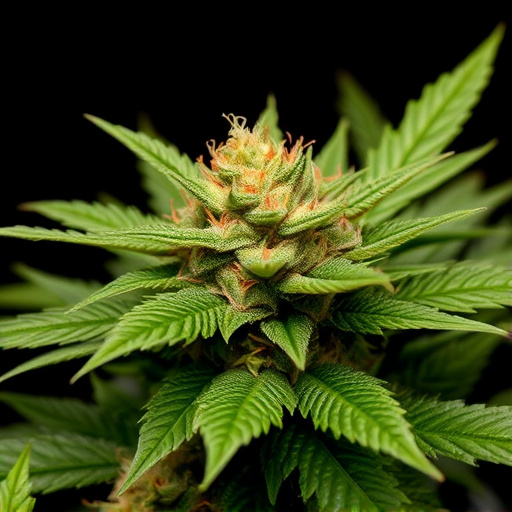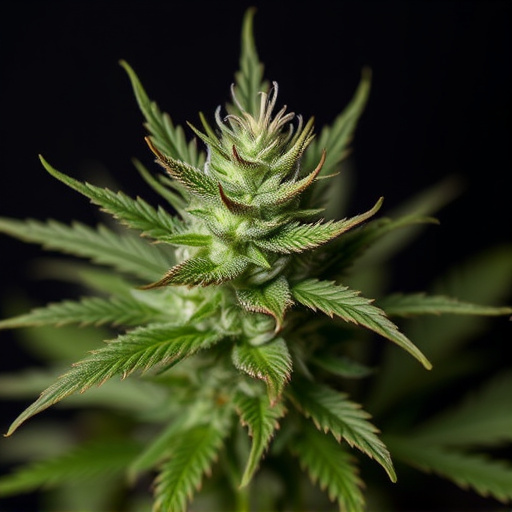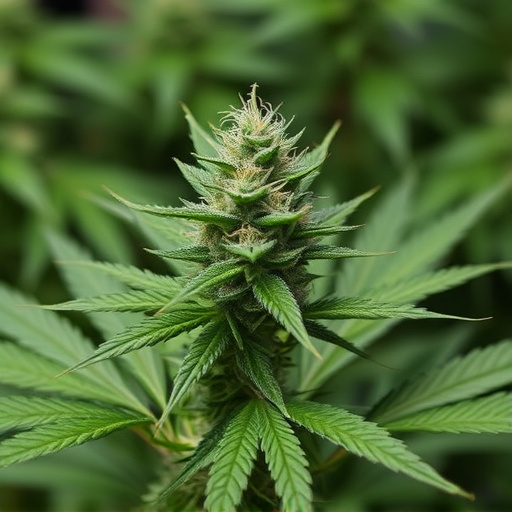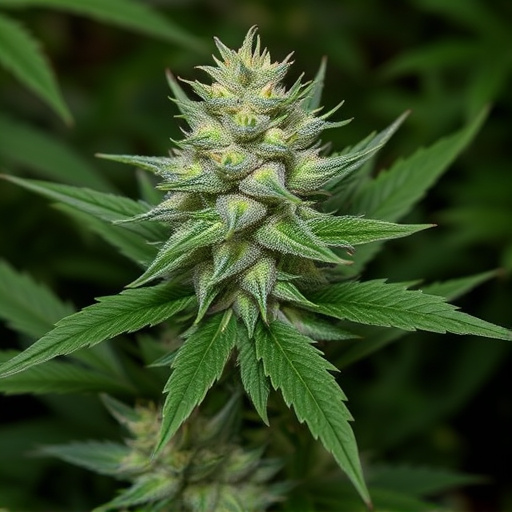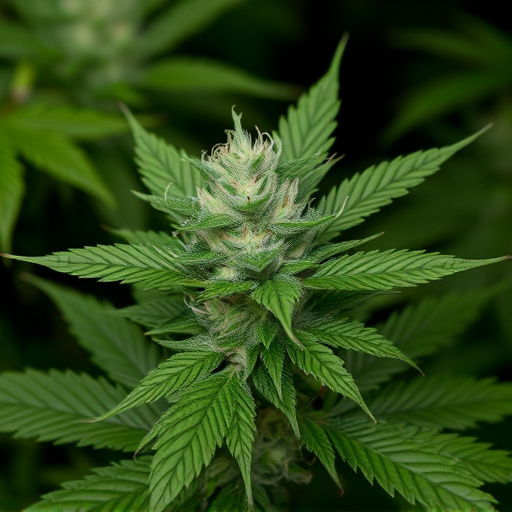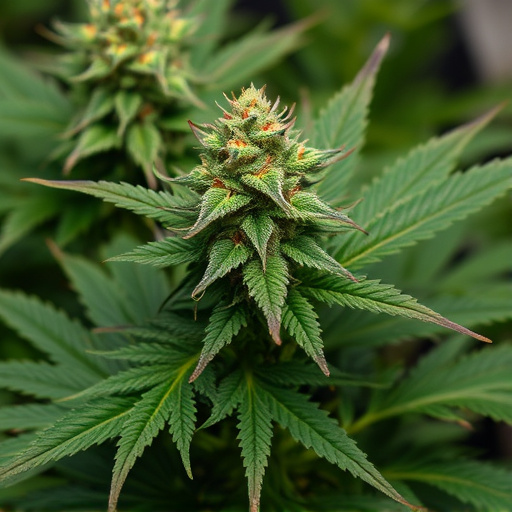The genetics of cannabis plants play a pivotal role in shaping their visual traits, growth patterns, and ultimately, the desired cannabis strains effects. These genetic variations lead to diverse leaf shapes, colors, and structures, impacting not just aesthetics but also yield and product quality. Understanding these genetics allows cultivators to selectively breed plants for specific characteristics, creating new strains tailored to consumer preferences. This knowledge is essential for both growers aiming to innovate and consumers seeking cannabis varieties that align with their desired effects and sensory experiences.
Unraveling the intricate relationship between genetics and temperature reveals the captivating diversity of cannabis appearances. This article delves into the fascinating world of cannabis, exploring how its visual characteristics are shaped by both nature and nurture. From the genetic variations that create distinct traits to the environmental factors like temperature, these influences combine to produce a stunning array of cannabis strains with unique visual effects. Discover the interplay between genetics and temperature, and how they collaborate to forge the captivating tapestry of cannabis diversity.
- The Role of Genetics in Cannabis Appearance
- – Exploring the genetic variations that contribute to visual differences
- – How specific traits are inherited and passed down through generations
The Role of Genetics in Cannabis Appearance
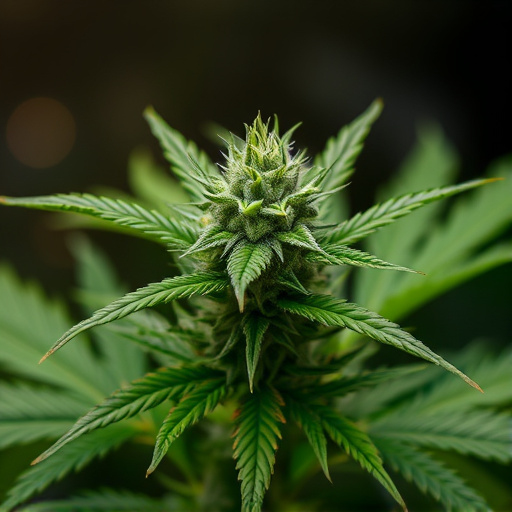
The genetics of a cannabis plant play a pivotal role in dictating its appearance, including traits like leaf shape, color, and overall structure. Different cannabis strains exhibit unique characteristics due to their specific genetic makeup. For instance, some strains may have broader leaves with darker green hues, while others might feature narrower, more delicate leaves. These genetic variations influence not just the visual appeal but also the plant’s growth habits, yield, and even its final product—the quality of the cannabis itself.
Understanding the genetics behind various cannabis strains allows cultivators to breed plants with desirable traits, creating new varieties that cater to specific preferences. The interaction between a strain’s genetic makeup and environmental factors, such as temperature, further adds complexity to their visual development. Therefore, recognizing how genetics contribute to cannabis appearance is essential for both growers aiming to create distinctive strains and consumers seeking specific effects based on their desired aesthetic and sensory experience.
– Exploring the genetic variations that contribute to visual differences

Cannabis plants, like many others, display a wide array of visual variations due to their complex genetic makeup. Each cannabis strain carries a unique combination of genes that dictate its appearance, from leaf shape and color to overall structure. Exploring these genetic variations is crucial in understanding why different strains look so distinct. For instance, some strains may have wider leaves or longer flowers, which can significantly impact their yield and the effects they produce.
These genetic differences are not only aesthetically appealing; they also play a significant role in the cannabis experience. The visual diversity allows cultivators to select plants with desirable traits for breeding programs, further enhancing the wide range of effects users can expect from various cannabis strains.
– How specific traits are inherited and passed down through generations
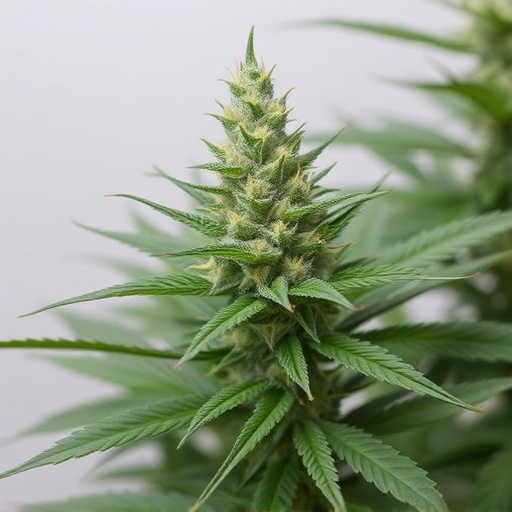
The appearance and characteristics of cannabis plants are greatly influenced by both genetics and environmental factors, particularly temperature. Within each generation, specific traits are inherited from parent plants, ensuring that certain cannabis strains exhibit consistent effects and visual attributes. These traits can include plant height, leaf shape, resin production, and the iconic colors we often associate with different cannabis strains.
Genetic diversity is a cornerstone of cannabis cultivation, enabling breeders to create new strains by selectively passing down desired characteristics from one generation to the next. This process allows for the development of unique cannabis strains that offer distinct experiences in terms of potency, flavor, aroma, and visual appeal, catering to diverse consumer preferences.
In conclusion, understanding the interplay between genetics and temperature is key to appreciating the diverse appearances of cannabis strains. By examining genetic variations and their impact on visual traits, cultivators can better navigate the complexities of cannabis growth. This knowledge enables them to breed and nurture specific strains, enhancing the overall effects and experiences associated with different cannabis varieties.

